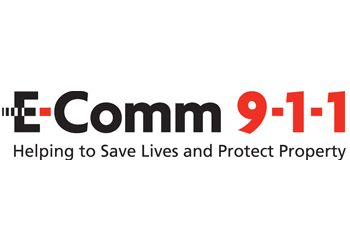ATAMANENKO: Food banks
Food Banks Canada released its HungerCount 2010 survey in November. The report paints a grim picture of poverty in Canada and the continued growth in the need for services like food banks and other charitable food providers in our communities. This snapshot from thousands of hungry Canadians and from hundreds of food banks across the country should be required reading for all levels of government.
Food Banks Canada is a national organization that represents and supports the food bank community across Canada. Members and affiliated agencies represent 85 percent of people accessing emergency food programs nationwide.
According to the HungerCount, 867,948 Canadians walked through the front door of a food bank in March 2010 to ask for help. That’s the highest level of food bank use on record, and a 9 percent increase over 2009.
Over the last two years, food bank use has risen 28 percent—after four years of decline, demand for food banks has skyrocketed since the 2008–9 recession. This year, every province experienced an increase in the number of individuals requiring help.
Prepared meals served through soup kitchens, school breakfast and lunch programs, shelters, drop-in centres and other venues also continues to grow in scale. In March 2010, food banks and agencies served a total of 3,459,544 meals across the country, a 6.4 percent increase over the number of meals served in March 2009. This is the third straight year of growth for Canadian charitable meal programs, with almost 50 percent more meals being provided in 2010 compared to 2007.
Who uses food banks? Children and youth under the age of 18 make up 38 percent of users; families with children make up 51 percent (half of those are two-parent families); 40 percent of users are from single-person households; and 17 percent of users are households with current or recent employment income.
In BC, 94,359 people were helped, an increase of 5 percent from 2009. Though poverty rates in BC have moved up and down over the years, they are consistently among the highest in Canada. Three policy areas have been identified by BC food banks that would decrease the need in our province: raising the minimum wage; increased investment in affordable housing; and increased Income Assistance benefit levels.
The reality of our region’s smaller communities is reflected in the report statistics. Of the food banks that contributed information to the 2010 HungerCount survey, 45 percent are located in municipalities with populations of fewer than 10,000 people. Overall, food bank use in Canada’s small towns and rural areas increased by 13 percent between 2009 and 2010.
The HungerCount includes a number of recommendations supported by New Democrats for reducing hunger and food bank use. These include:
· a federal plan to eliminate poverty;
· increasing the Canada Child Tax Benefit;
· comprehensive Employment Insurance reform;
· housing and child care strategies; and
· measures to lift seniors out of poverty.
And here’s some scary news: 35 percent of food banks reported running out of food in 2010, underlining the need for public support. Please open your heart this season and donate goods, time or money to your local food bank or affiliate. I can think of few better ways of helping people than by putting food on their tables.
Alex Atamanenko is the MP for the BC Southern Interior.
























